This mural no longer exists. I thought it was one of the best ones in Los Angeles, because it was so postmodern, but also specific to its location and time. I didn’t realize, until I did research, that it was created in 1993, a long time ago. It was created not long after the term “postmodern” was coined by Lyotard in 1979.
Because there are no searches that show this mural in web searches, I figured I’d better increase this art’s footprint on the web.

From the LA Times Archives, BOYLE HEIGHTS : Artist Drives Home Message With Mural, by Mary Ann Perez:
On the south end of the building, Roberto Rubalcava designed another mural, titled “What Are You Shooting For?” Organizers also want to install a basketball backboard on that wall, which incorporates several messages Rubalcava hopes will cause people to think about their future.
The mural, with the image of a gang member shooting a gun, includes statistics on teen-age suicide, homicide, child abuse and teen-age pregnancy.
“I know that even if it changes one person, I think that’s important,” Rubalcava, 24, said. “I think when people see numbers, it makes it more concrete and if they pass it every day, just like rap music, they memorize the lyrics. Hopefully, this will become ingrained in their minds.”
I had a photo of this mural, but in much worse condition, from around 2015. I wish I hadn’t deleted it, because it wasn’t interrupted by a vehicle in front of it.
With every photo, there’s an additional layer of interpretation to the phrase, “what are you shooting for?”
Robin Dunitz was shooting for a career, as a photographer and archivist of murals.
I was shooting a photograph for pleasure, as an observer, and also a voyeur of messages that weren’t addressing me. I was not the BH resident of 1993, facing the violence down at Hollenbeck Park.
The cholo faces the photographer, and the words address the photographer. If the viewer is a cholo, who is being asked the question? The guy in the mural, and the viewer, at the same time? He’s shooting at a target, imperfectly, but he’s shooting for sport and skill, not shooting to kill or in self-defense.
On the left side of the mural is a big red STOP sign, again, directly addressing the viewer. Stop what? Stop and view the mural? Stop the violence? Stop the death?
The skull with the top blown out, was someone whose life was stopped by a bullet.
The left side, the STOP side, looks more primitive or conventional in style, like a cartoon, while the right side, also cartoonish, is layered with the tropes of “gangster rap” hip hop: wild style lettering, a woman in silhouette, and the cholo with a gun. These are the images of the illegal graffiti mural.
The left side also has tropes that are present in other eastside publicly funded murals, of which this project is one: the graduate, the athlete, the chalkboard in a classroom. These are all intended to be inspirational messages, but are also “fundable” messages.
Between the two sides, you have a thin woman with a large bosom, in a shirt that might be interpreted as “gangster” of the time, placing what looks like a slice of apple atop a pencil. The words on the chalkboard read “the hands that destroy can also create”. In low-contrast pink letters, up higher, it reads “an illegal production”.
Also, in between, was a space intended for a basketball hoop, so the “jumpman” in the mural would be dunking into a basketball hoop. This interactive element would contribute to the active destruction of the mural, as the ball hitting the paint would damage the surface, while the hoop provided the opportunity for an anti-gang activity promoted within the mural.
As of 2020, the wall now hosts this mural:
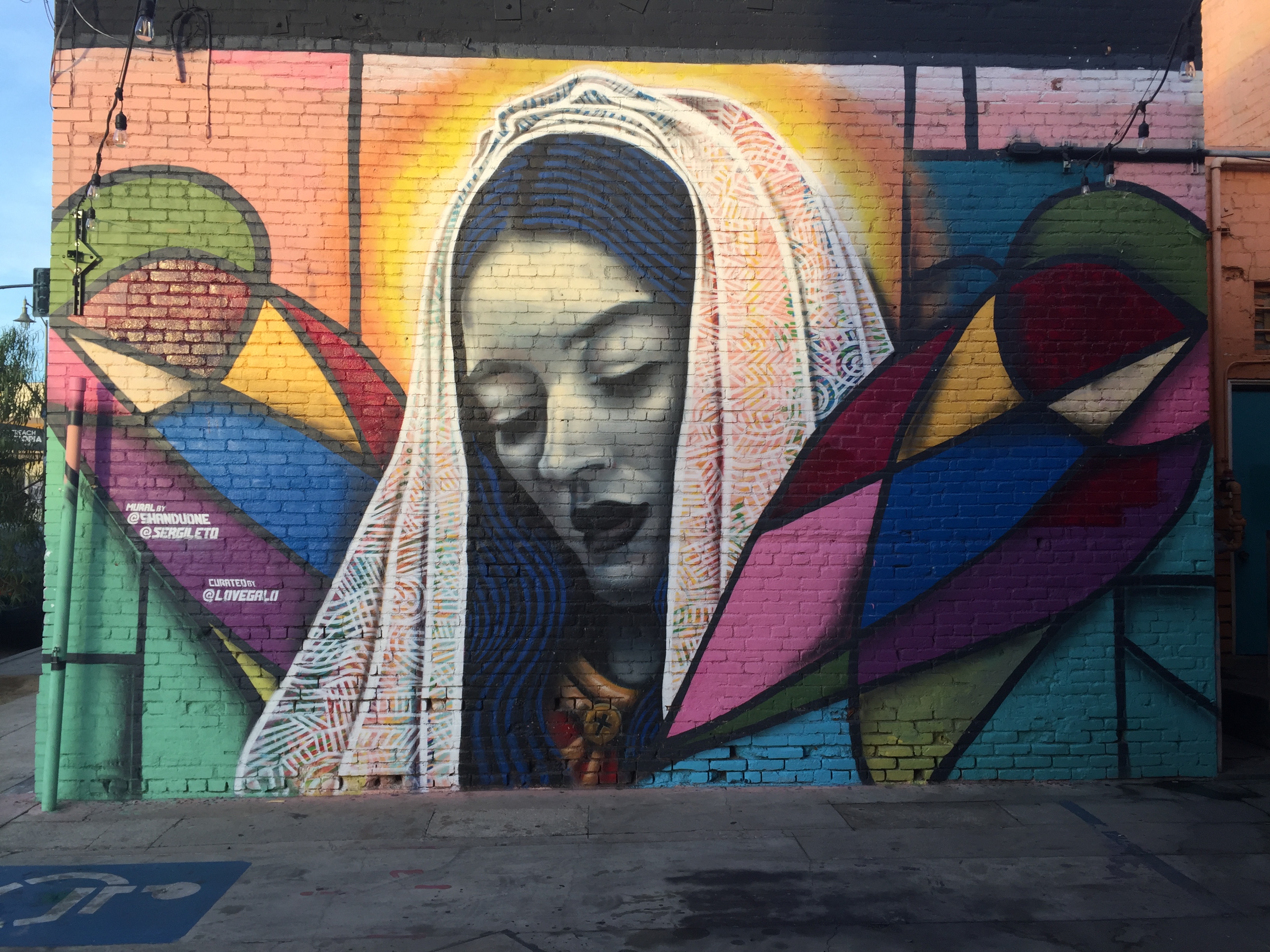
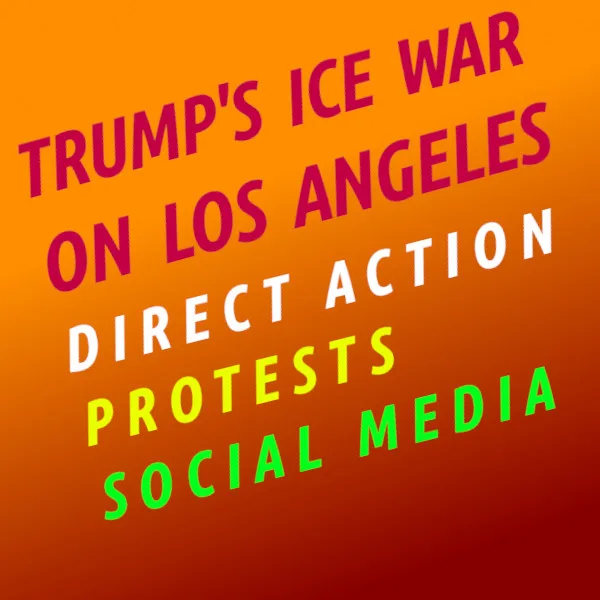

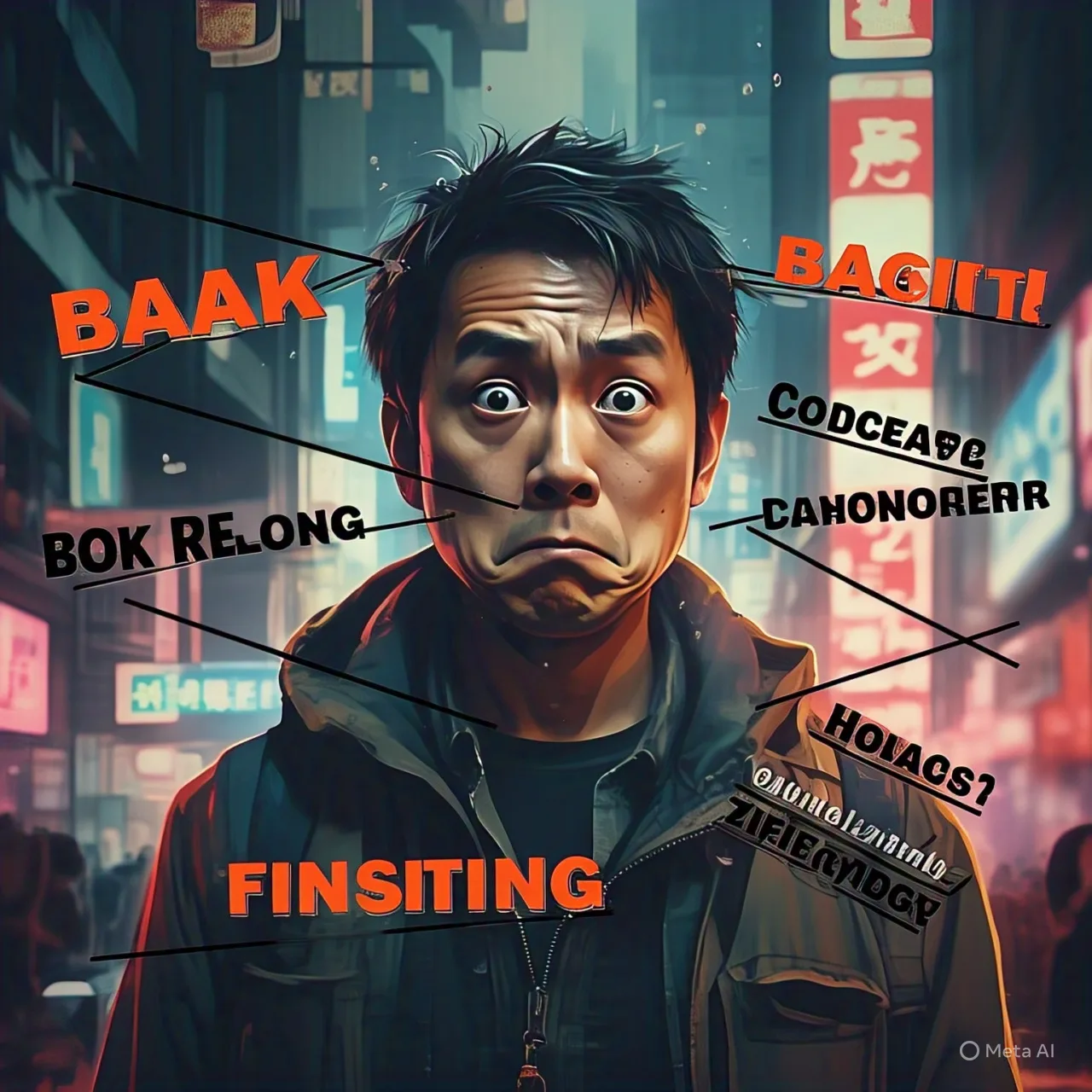
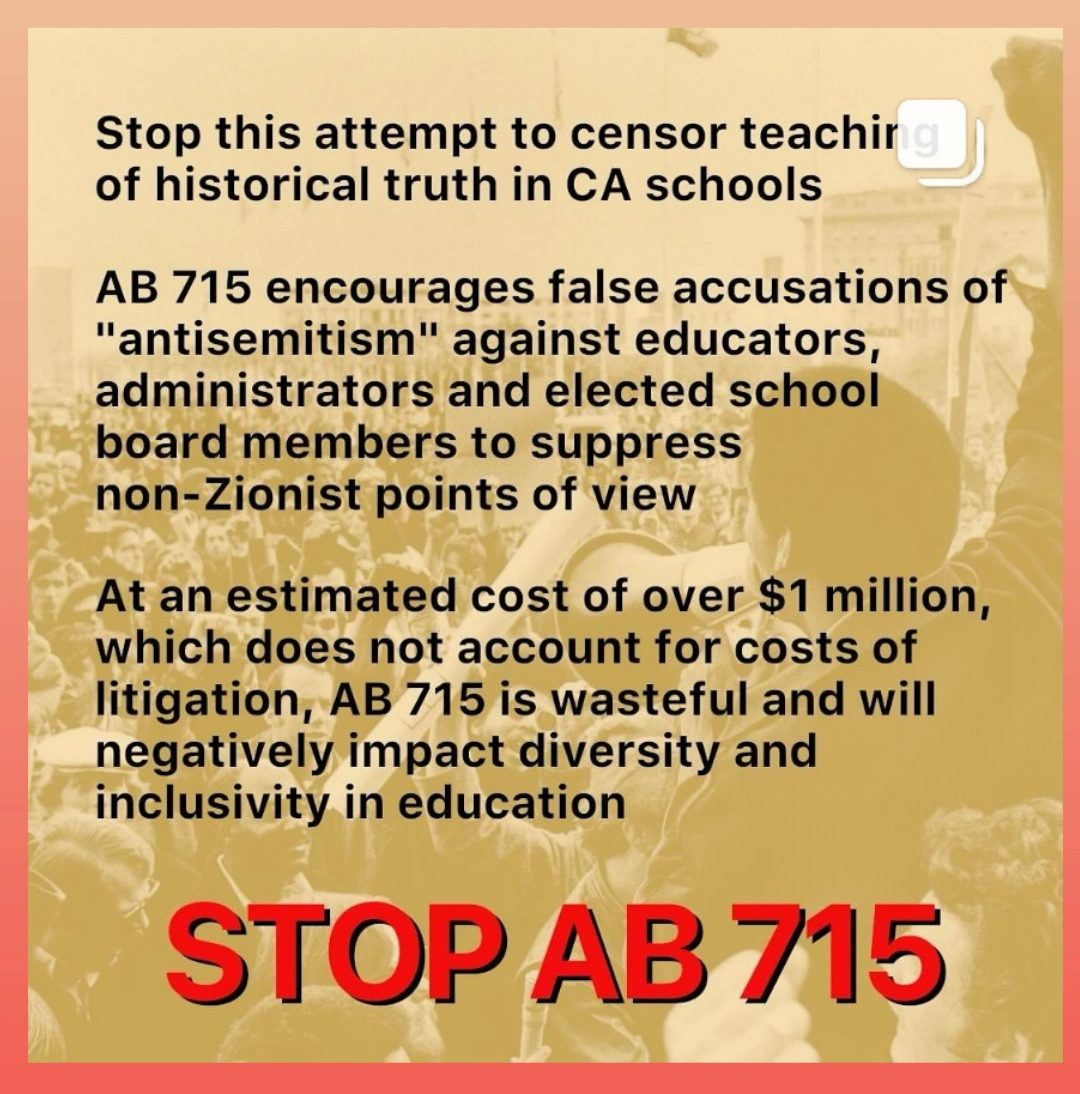
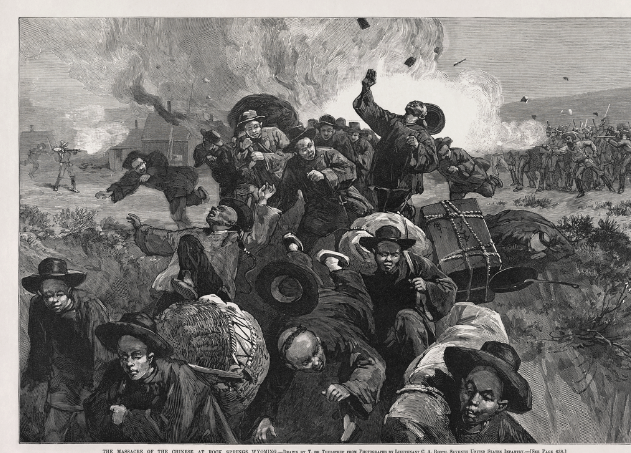

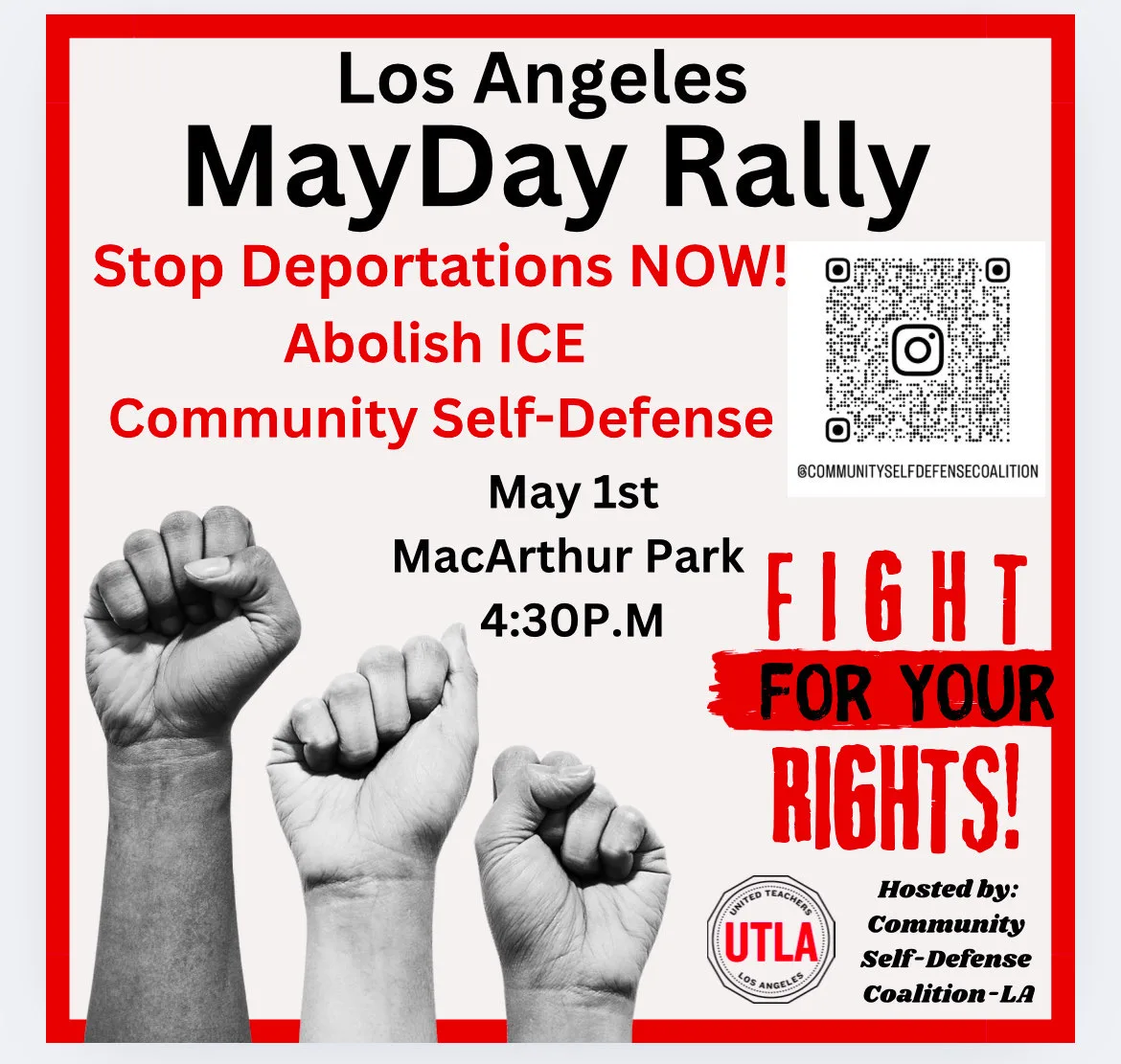
Leave a Reply